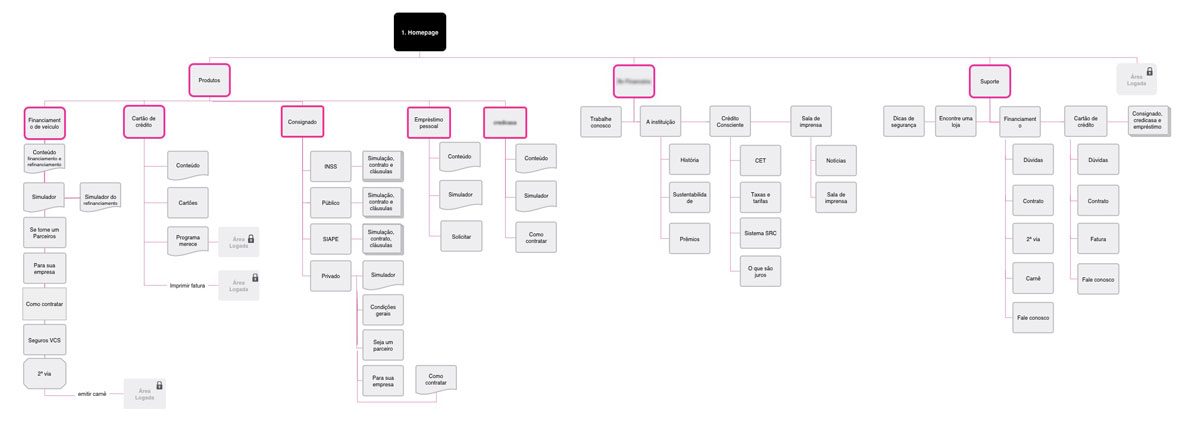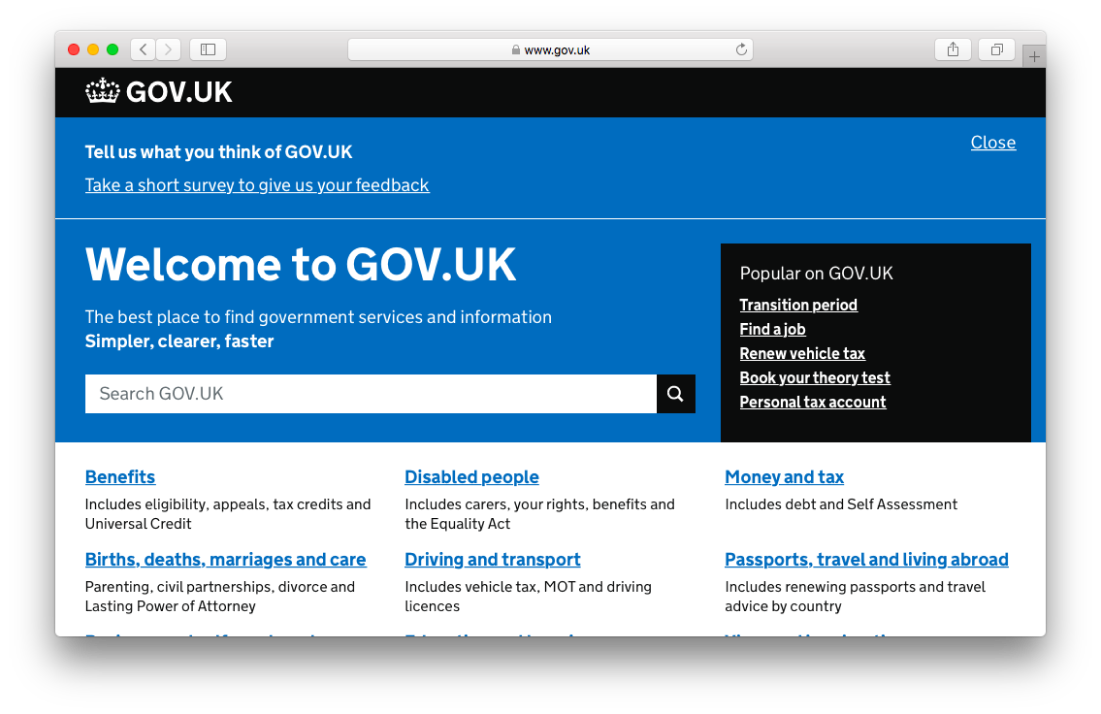A bank which had a great source of income in vehicle financing contacted Huge Inc. They wanted to understand, streamline and optimize their process through tools and digital products.
An extensive survey was conducted in order to define users. This project was quite particular in the sense that any vehicle financing involves at least three people:
1) the store's owner, who chooses the financing company;
2) the bank employee, who conducts the procedure in the dealership;
3) the vehicle purchaser.
From the latter, there were bank customers and non-bank customers, defaulting ones, those who honored the instalments etc.Over fifty interviews were conducted for a little more than a month in 13 cities in Brazil. The data obtained was then condensed into 7 personas.
I took part in Huge's team exclusively for defining strategy, for sprint 0 and for the initial sprints. A very large team was designated for this project, composed of strategists, product designers, UX designers and developers. I became involved in the project always helping and co-creating with others in the area. I took part in the preparation of product strategy; I conducted a series of interview with number of users, participated in the creation of personae, in brainstorms sessions, in creating the user journey and the information architecture of one of the digital products.
One of the biggest challenges was the fact that the car financing process was a very complex one. It was quite a complicated system, including unclear credit evaluation and internal rules that the employees and stakeholders themselves weren't entirely aware of. It was a great challenge to understand all of these variables.

Information architecture
In addition to Rio de Janeiro, I traveled to Belo Horizonte and Curitiba to interview car salesmen, bank employees and car buyers. We had many inputs, which made the project very thorough. To participate along strategists and a multi-functional team ensured that everyone had a holistic view of the project. One product for each user type was been proposed (shop owners, salesmen and end users) and thus, the project was divided into separate tracks. This actually created some difficulty for each team to have an overall view of the project. Still, the project showed good progress.The bank actively participated in the project and was able to understand the scrum methodology. This prevented them from asking for drastic changes or unrealistic deadlines. I was only hired to compose the UX team at an early stage, and am unaware of the project's aftermath.

Gov.uk